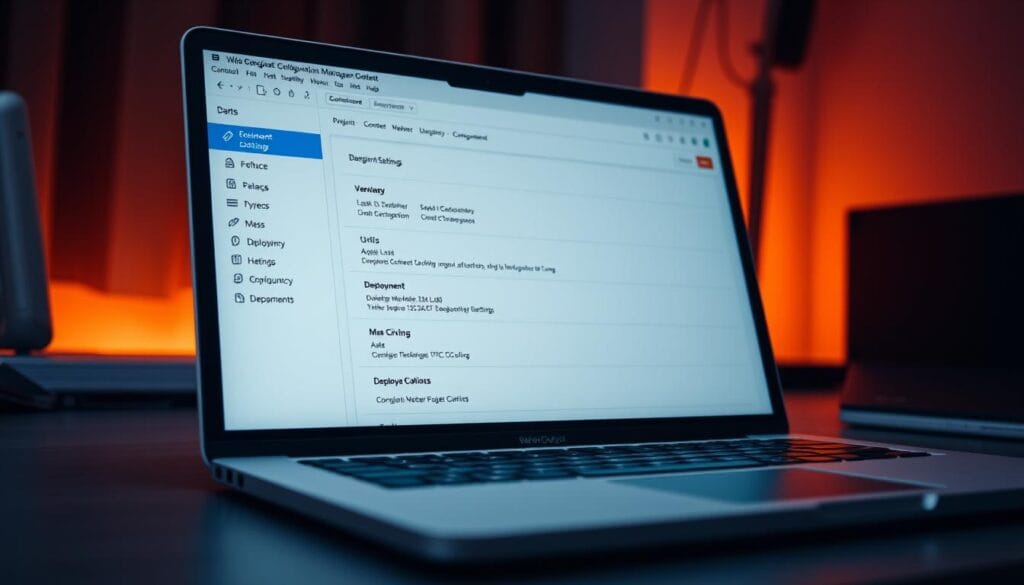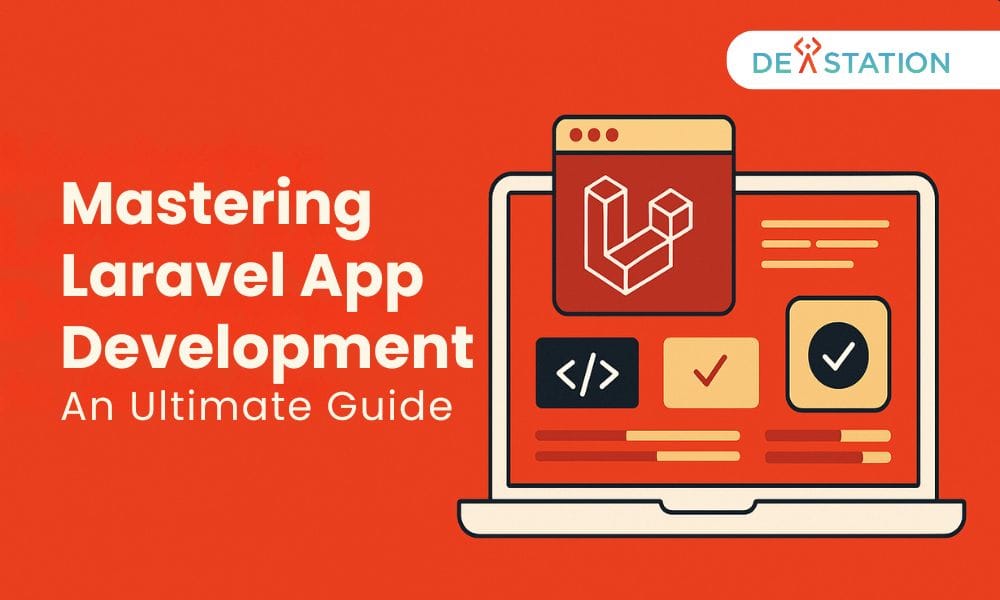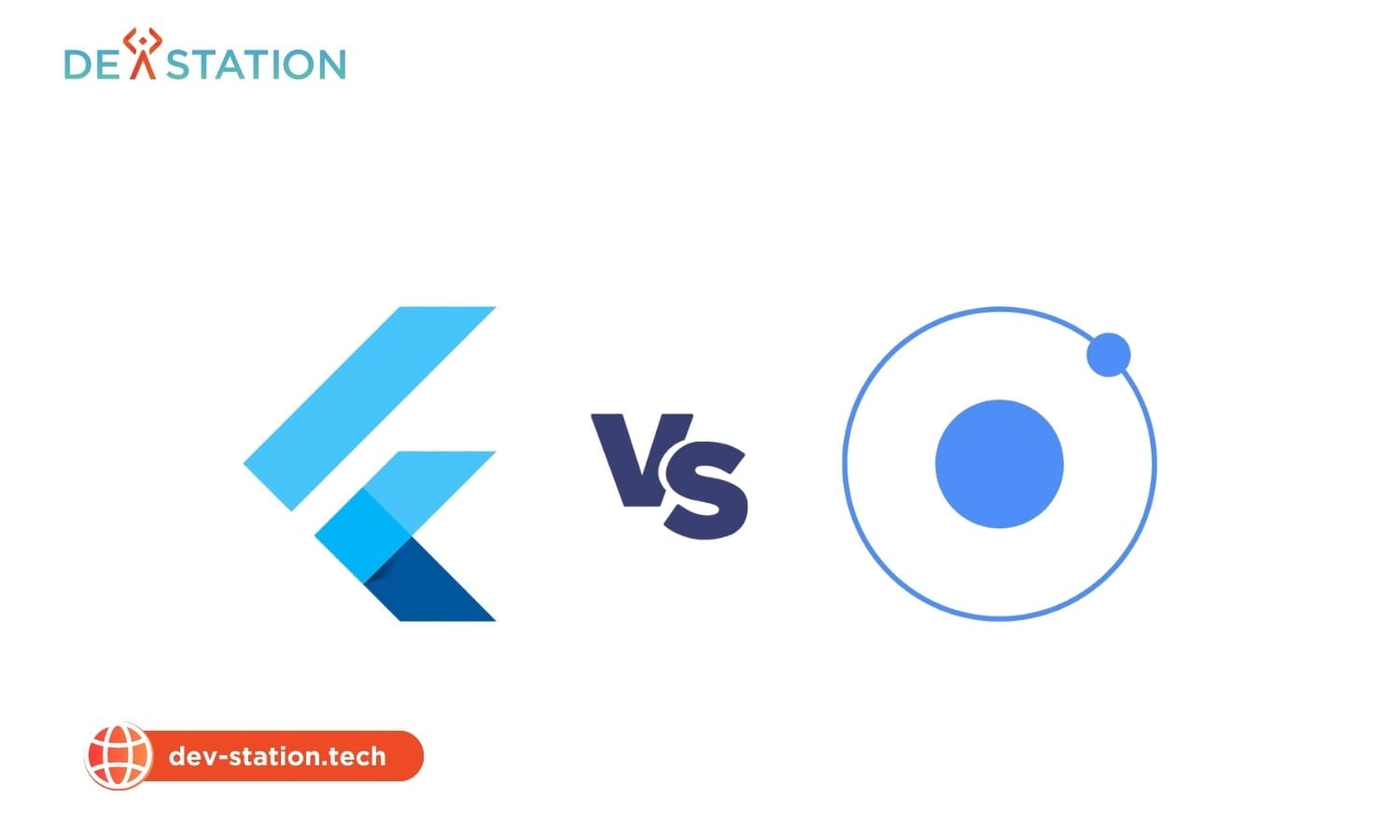Building modern web solutions requires tools that balance flexibility with structure. The PHP ecosystem offers a standout framework designed to simplify complex workflows while maintaining elegant code organization. With features like dependency injection, expressive database layers, and built-in testing, this system empowers teams to create scalable applications efficiently.
Over 1.3 million global websites rely on this technology, including 284,000+ U.S.-based platforms. Its popularity stems from a philosophy prioritizing developer experience—streamlining repetitive tasks without sacrificing customization. Whether launching a startup product or enterprise-grade software, the environment adapts to project size and team expertise.
The framework’s ecosystem eliminates common bottlenecks through pre-built components for authentication, routing, and job scheduling. These tools let engineers focus on unique business logic rather than reinventing foundational elements. Combined with thorough documentation and community support, it accelerates timelines while enforcing professional standards.
Contents
ToggleKey Takeaways
- Over 1.3 million websites globally use this PHP framework, including 284,000+ in the U.S.
- Built-in features like dependency injection reduce manual coding for complex tasks
- Scalable architecture supports projects from small startups to large enterprises
- Pre-configured tools handle authentication, databases, and background jobs
- Comprehensive testing capabilities ensure code reliability throughout development
Introduction to Laravel App Development
Modern digital solutions demand tools that simplify complexity while delivering robust results. One PHP-based ecosystem streamlines this process through organized architecture and ready-to-use components, powering 78.9% of websites using server-side programming.
Understanding the Framework
The system employs MVC architecture to separate data handling from visual presentation. This structure keeps code clean as projects grow. Developers interact with databases using intuitive syntax instead of raw SQL through its object-relational mapping tool.
Pre-built modules handle critical tasks like user authentication and routing. Teams save weeks of work by implementing these out-of-the-box solutions rather than coding from scratch.
Key Benefits for Developers and Businesses
The environment offers distinct advantages for technical and business stakeholders:
| Feature | Technical Impact | Business Value |
|---|---|---|
| Eloquent ORM | Simplifies database queries | Faster time-to-market |
| Artisan CLI | Automates repetitive tasks | Reduces labor costs |
| Integrated Testing | Ensures code reliability | Minimizes post-launch errors |
Command-line tools generate boilerplate code and manage migrations, while virtual environments ensure consistent setups across teams. Automated testing catches issues early, preventing costly fixes later.
The Evolution and Popularity of Laravel
The landscape of PHP frameworks transformed dramatically when Taylor Otwell introduced a beta release in June 2011. This innovation addressed common pain points through expressive syntax and modular architecture. Today, the ecosystem powers over 1.3 million global websites, with 144 million downloads confirming its widespread adoption.
Historical Milestones and Version Highlights
Eleven major releases since 2011 demonstrate continuous improvement. Version 4 (2013) introduced component-based architecture, while 2015’s Version 5 added real-time event broadcasting. Recent updates focus on modern PHP 8+ features and developer experience enhancements.
The GitHub repository’s 65,900 stargazers reflect strong community engagement. Scheduled annual updates ensure compatibility with emerging web development standards. Each version maintains backward compatibility, reducing migration headaches for teams.
Laravel’s Impact on the US Web Development Scene
American businesses drive significant adoption, with 284,000+ U.S.-based websites leveraging the technology. Startups and enterprises alike benefit from rapid prototyping capabilities and enterprise-grade security features.
Market demand correlates with the framework’s ability to streamline complex workflows. Over 78% of surveyed developers report increased productivity when using this system compared to alternatives. Its growth mirrors the rising need for scalable solutions in competitive digital markets.
Why Choose Laravel for Web Applications
In a competitive tech landscape, the foundation you choose determines both immediate results and long-term growth. This PHP framework stands out by merging developer-friendly design with enterprise-grade capabilities. Teams use Laravel to streamline workflows while maintaining flexibility for complex requirements.
Developer Advantages and Ease of Use
The framework’s built-in tools slash development time through pre-configured solutions. An extensive library handles authentication, routing, and security protocols—no need to code these from scratch. Developers praise the intuitive syntax that accelerates learning, with documentation enabling proficiency within weeks.
Security measures like CSRF protection and SQL injection prevention come standard. These features let teams focus on unique functionality rather than basic safeguards. Integration with Redis, Memcached, and major mail services happens through simple configuration files.
Scalability and Community Support
PHP’s scaling capabilities combine with native support for distributed caching to handle massive traffic spikes. Proven implementations show Laravel applications processing 400+ million monthly requests without performance degradation. The system automatically optimizes database queries and session management at scale.
Over 6,000 community-maintained packages extend functionality for payment gateways, API integrations, and analytics. Active forums and tutorial libraries provide instant solutions to common challenges. This collaborative ecosystem ensures projects stay on track while adopting cutting-edge features.
Setting Up Your Development Environment
Efficient coding begins with a properly configured workspace. A streamlined environment eliminates compatibility issues and ensures all tools work harmoniously. This foundation becomes critical when handling modern PHP projects requiring multiple dependencies.

Installing Core Components
Start by ensuring your system meets basic requirements. You’ll need PHP 8.1 or higher, Composer for dependency management, and the framework’s installer. Frontend workflows require Node.js or Bun for asset compilation.
| Feature | Manual Setup | Herd Setup |
|---|---|---|
| Installation Time | 45+ minutes | 5 minutes |
| Configuration | Manual adjustments | Auto-configured |
| Included Tools | Separate installs | Pre-bundled stack |
Streamlining With Specialized Tools
Laravel Herd revolutionizes local development by packaging essential resources. This cross-platform solution includes Nginx, Redis, and command-line utilities out-of-the-box. The Pro version adds databases and real-time monitoring tools.
“Herd cut our onboarding time by 80% – new developers start coding immediately instead of wrestling with configurations.”
Projects placed in Herd’s ‘parked’ folder automatically gain .test domains. This eliminates manual virtual host setups. Background services handle updates and dependencies, letting teams focus on building features rather than managing PHP versions.
Creating Your First Laravel Application
Launching a new project requires tools that eliminate setup friction while maintaining professional standards. The framework’s command-line interface delivers this balance through guided workflows and pre-configured templates.
Using the Laravel CLI and Starter Kits
Begin by running laravel new example-app in your terminal. The installer presents three critical choices:
- Testing framework (Pest or PHPUnit)
- Database system (MySQL, PostgreSQL, SQLite)
- Authentication scaffolding (Breeze, Jetstream)
Starter kits handle user registration, login, and password reset functionality out-of-the-box. Teams save 15-20 hours typically spent building these features manually.
| Setup Aspect | Traditional Approach | Laravel Method |
|---|---|---|
| Authentication | 2-3 days development | 15-minute configuration |
| Testing Setup | Manual package installation | Pre-configured suites |
| Local Server | Third-party tools required | Built-in Artisan server |
Bootstrapping Your Project Efficiently
Execute composer run dev to activate three simultaneous processes:
- Local development server (port 8000)
- Vite asset compiler
- Queue worker for background tasks
Your application becomes accessible at localhost within seconds. The default project structure organizes controllers, models, and views logically, following industry best practices.
“The CLI tools let our team prototype 3x faster compared to other frameworks. We focus on unique features instead of boilerplate code.”
This streamlined approach demonstrates why 68% of surveyed developers choose this ecosystem for new projects. Configuration files automatically connect to databases and caching systems, while environment variables keep sensitive data secure.
Configuring Your Application and Environment
Proper configuration forms the backbone of every successful digital solution. The framework’s approach simplifies initial setup while offering granular control for advanced requirements. Teams maintain consistency across environments through a layered system that adapts to project complexity.

Managing the .env File and Environment Variables
Environment variables act as gatekeepers for sensitive data like API keys and database credentials. The .env file stores these values locally without exposing them in code repositories. Developers create environment-specific versions to manage staging versus production settings securely.
Best practices include:
- Adding .env to .gitignore during version control setup
- Using encrypted variables for payment gateway integrations
- Creating .env.example as a template for team members
Customizing the Configuration Files
The config directory houses over 20 files controlling various system aspects. While defaults work immediately, teams often adjust settings like session drivers or cache stores. The app.php file handles core parameters including time zones and encryption keys.
| Configuration Method | Use Case | Security Impact |
|---|---|---|
| Environment Variables | API credentials, database passwords | High protection |
| Config Files | Locale settings, service providers | Low risk |
| Runtime Overrides | A/B testing features | Moderate control |
“Our deployment process became 40% faster after adopting environment-based configuration. We now push updates without manual server adjustments.”
Configuration caching combines all files into a single load for production efficiency. Run php artisan config:cache after changes to activate this optimization. This management strategy ensures smooth scaling as user traffic grows.
Managing Databases and Migrations in Laravel
Effective data management forms the backbone of modern digital solutions. The framework simplifies this process through flexible database integration and structured schema changes. Teams maintain consistency across environments while adapting to evolving requirements.
Choosing the Right Database: SQLite, MySQL, and PostgreSQL
Projects require different storage solutions based on scale and complexity. SQLite works seamlessly for local testing with zero configuration—ideal for prototyping. For production systems, MySQL and PostgreSQL handle high traffic and complex queries efficiently.
| Database | Setup Complexity | Best Use Case |
|---|---|---|
| SQLite | None (file-based) | Local development/testing |
| MySQL | Moderate (server setup) | Web applications with medium traffic |
| PostgreSQL | Advanced (configuration needed) | Enterprise systems with complex data |
Switch databases by editing .env variables. Update DB_CONNECTION to “mysql” or “pgsql”, then provide credentials. Always create the database manually before running migrations for non-SQLite systems.
Running Migrations and Database Synchronization
Schema changes become collaborative through migration files. These blueprints track table modifications like version control for databases. Execute php artisan migrate to apply pending changes across environments.
“Migrations saved our team 20 hours monthly. We roll back failed updates in seconds without manual SQL scripts.”
Key migration features include:
- Automatic schema verification before execution
- Batch tracking for group rollbacks
- Cross-platform compatibility between database systems
Combine migrations with seeders to populate test data consistently. This approach ensures all team members work with identical datasets during development cycles.
Mastering Laravel App Development Techniques
Well-structured software systems demand organizational patterns that scale with project complexity. The framework’s ecosystem provides three core pillars for managing web projects effectively: architectural separation, data interaction tools, and dynamic interface creation.
Structuring Projects With MVC Principles
Models define business logic and database relationships, while views handle visual presentation. Controllers bridge these layers, processing user requests efficiently. This separation allows teams to update components independently without breaking the entire application.
Developers implement authentication systems and API endpoints faster using pre-built modules. The ORM tool converts database records into usable objects with intuitive syntax. These features reduce manual code writing by 30-40% in typical web projects.
Crafting Dynamic Interfaces Efficiently
Blade templates simplify frontend workflows through reusable components and direct code embedding. Conditional statements and loops execute server-side before rendering clean HTML. This approach maintains performance while enabling complex UIs.
The framework’s CLI generates template files automatically, ensuring consistent structure across teams. Combined with built-in caching mechanisms, these tools help developers ship features faster while adhering to best practices.
Mastering these techniques transforms how teams approach web engineering challenges. The architectural patterns and tooling create maintainable systems that adapt to evolving business needs. With comprehensive documentation and community resources, developers can quickly elevate their application design skills.





